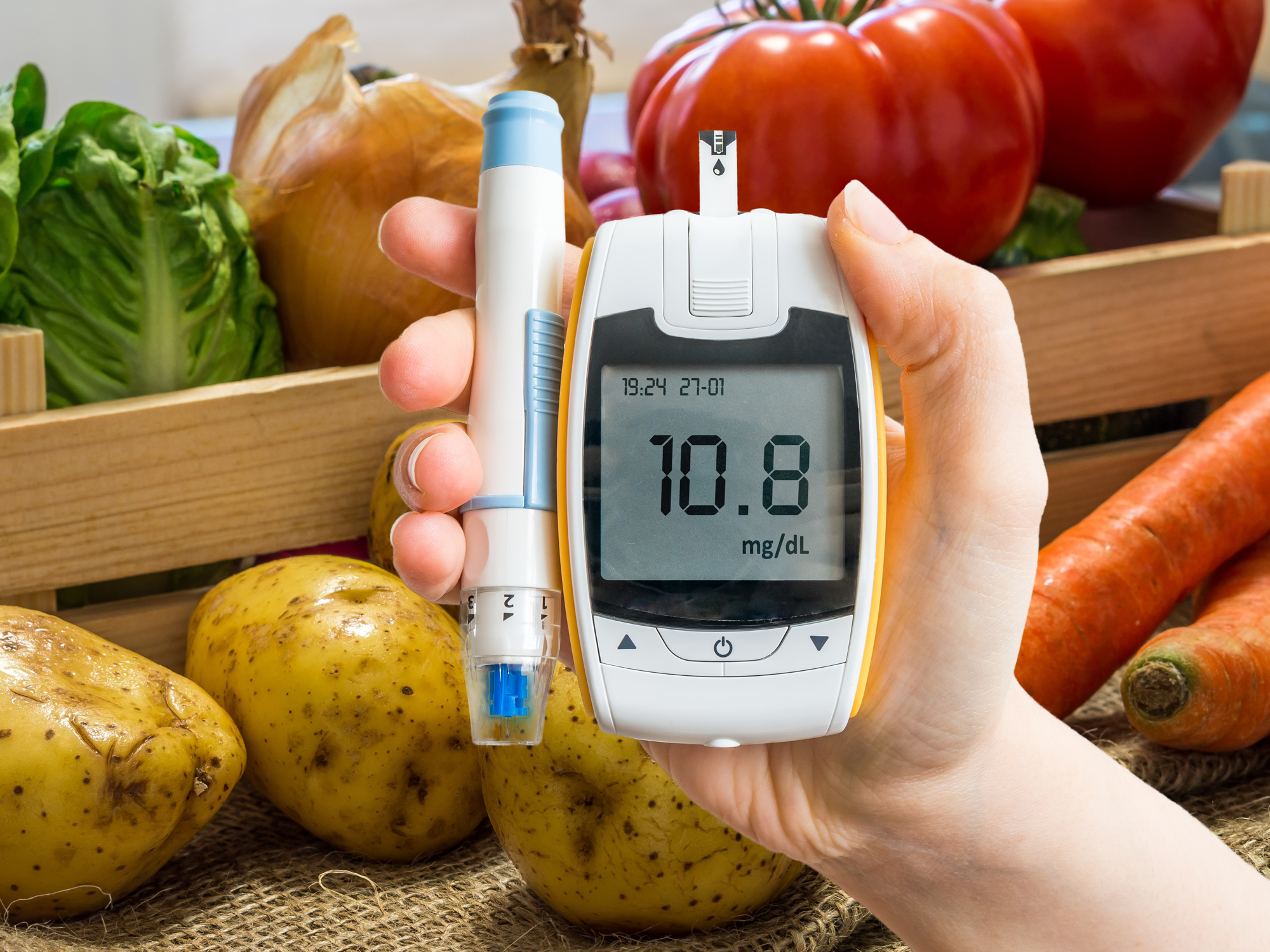Get Easy Health Digest™ in your inbox and don’t miss a thing when you subscribe today. Plus, get the free bonus report, Mother Nature’s Tips, Tricks and Remedies for Cholesterol, Blood Pressure & Blood Sugar as my way of saying welcome to the community!
Diabetes ‘kryptonite’ reduces threat 35%

There’s no denying that diet plays a critical role in diabetes. A healthy diet can prevent, improve or even reverse your diabetes.
But besides the usual advice to eat more fresh fruits and vegetables and cut out sweets and refined carbohydrates, you may be wondering if there are any potent, diabetes-fighting foods you can add to your diet…
The answer is yes. There’s one type of food that is such a powerful diabetes-douser, it needs to be part of your diabetes treatment or prevention plan — legumes.
Legumes douse diabetes
Researchers from Rovira i Virgili University in Spain recently conducted a study that suggests legumes may be one of the most helpful foods in the fight against diabetes.
Their study included 3,349 participants who were at a high risk for cardiovascular disease but didn’t have type 2 diabetes. Researchers conducted a four year follow-up with these participants and found that those who consumed more legumes over the course of those four years reduced their risk of diabetes by 35 percent.
Previous studies have shown that legumes can benefit blood sugar levels, improve insulin sensitivity and help you lose weight — all helpful skills in the fight against diabetes.
But why do these little morsels have such amazing metabolic powers?
Well, for one, they contain a lot of fiber, and a high-fiber diet has been tied to balanced blood sugar levels and a lower risk of diabetes. They are also a low-glycemic index food, which means they don’t cause blood sugar levels to spike after eating.
In addition, legumes are high in protein, B-vitamins, vitamin C, copper, selenium, calcium, potassium, magnesium and other health-boosting nutrients.
Loving your legumes
If you already love legumes, this is probably the best news you’ve heard all day. If you’re not a huge legume fan, it may be time to learn to love them. Some of the healthiest and most popular include:
- Chickpeas
- Black beans
- Lentils
- Kidney beans
- Adzuki beans
- Fava beans
- Soybeans
- Peas
- Lima beans
As a point of reference, the study participants who experienced a 35 percent drop in their diabetes risk ate 28.75 grams of legumes per day, which is about 3.35 servings of legumes per week. A serving size is a 1/2 cup canned or cooked or a 1/3 cup mashed legumes.
You can add them to salads, stews or eat a lot of Mexican cuisine. You can even use them to make gluten-free brownies. Just make sure you get a healthy dose of this diabetes-dousing food daily.
Editor’s note: Are you feeling unusually tired? You may think this is normal aging, but the problem could be your master hormone. When it’s not working, your risk of age-related diseases skyrockets. To reset what many call “the trigger for all disease” and live better, longer, click here to discover The Insulin Factor: How to Repair Your Body’s Master Controller and Conquer Chronic Disease!
Sources:
-
“Consumption of legumes associated with lower risk of diabetes.” MedicalXpress. https://medicalxpress.com. Retrieved March 31, 2017.
-
Becerra-Tomás, et al. “Legume consumption is inversely associated with type 2 diabetes incidence in adults: a prospective assessment from the PREDIMED study.” Clinical Nutrition, 2017.
-
“How to Get More Fiber if You Have Diabetes.” Health. http://www.health.com. Retrieved March 31, 2017.
-
“Healing Foods Pyramid: Beans, Peas & Lentils.” University of Michigan. http://www.med.umich.edu. Retrieved March 31, 2017.
-
N. Mudryj, et al. “Nutritional and health benefits of pulses.” Applied Physiology Nutrition and Metabolism. Nov. 2014;39(11):1197-204.













